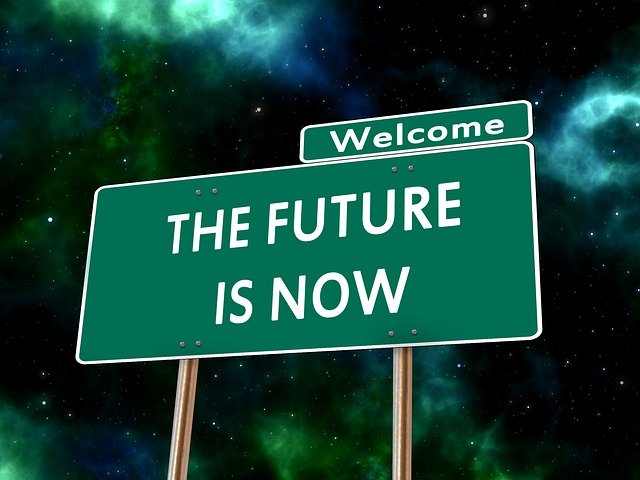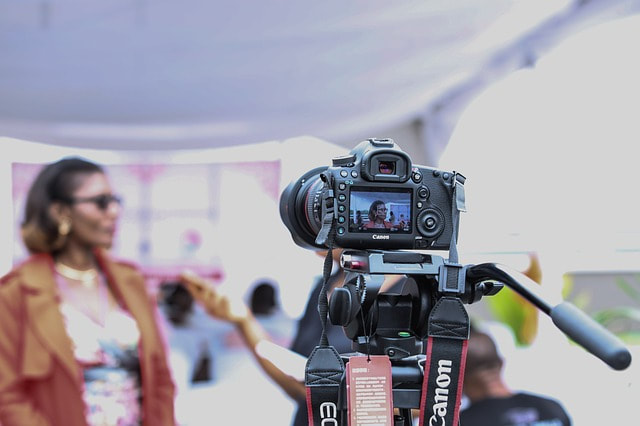I didn’t get the blog written this week. I have a new client. In these pandemic times, that is fantastic news. And this client, well, like many businesses, they’re fighting for their lives. So I owed it to them to make sure they got some time from me. I also had commitments to a strategy planning session with my CCSBE Board. I also had work with our collaborators at Platinum Pivot. All this to say, if you miss your target and need to stage a recovery, the best time is now.
That wisdom has been around for a while. There’s an old Chinese proverb, often quoted, that says the best time to plant a tree was twenty years ago. The second best time is now. Readers usually see a post from us on Thursday or Friday. Funny thing, though. We’re regular people, and once in a while, commitments just get in the way. We break promises even to ourselves. I bet that’s happened to you, as well. My friend, coach Debbie Adams, would tell you that when you’ve fallen off the wagon (your plan) you’ve got to chase that wagon!
We’ve all been going through unprecedented times. This week, conversations with clients, contacts, and colleagues have been taking on a different tone. They’re feeling a shift, like the frenzy of video calls is subsiding somewhat, and they’re getting work done. They’re looking at their businesses and making changes. They’re holding strategy sessions and planning for the future with a frisson of hope. These are good things. So if you’ve got something you’ve let slide, and it’s important to you, the best time is now. I just did it, reaching out to you.
I’m Megann Willson, and I’m one of the Partners here at PANOPTIKA. We work with our clients to help them see everything they need to know to make better decisions. If this was helpful to you, I hope you’ll share on social. You can also find us on Twitter, Facebook, or LinkedIn. Or you can subscribe to our news, straight to your inbox, using the orange button, below.










